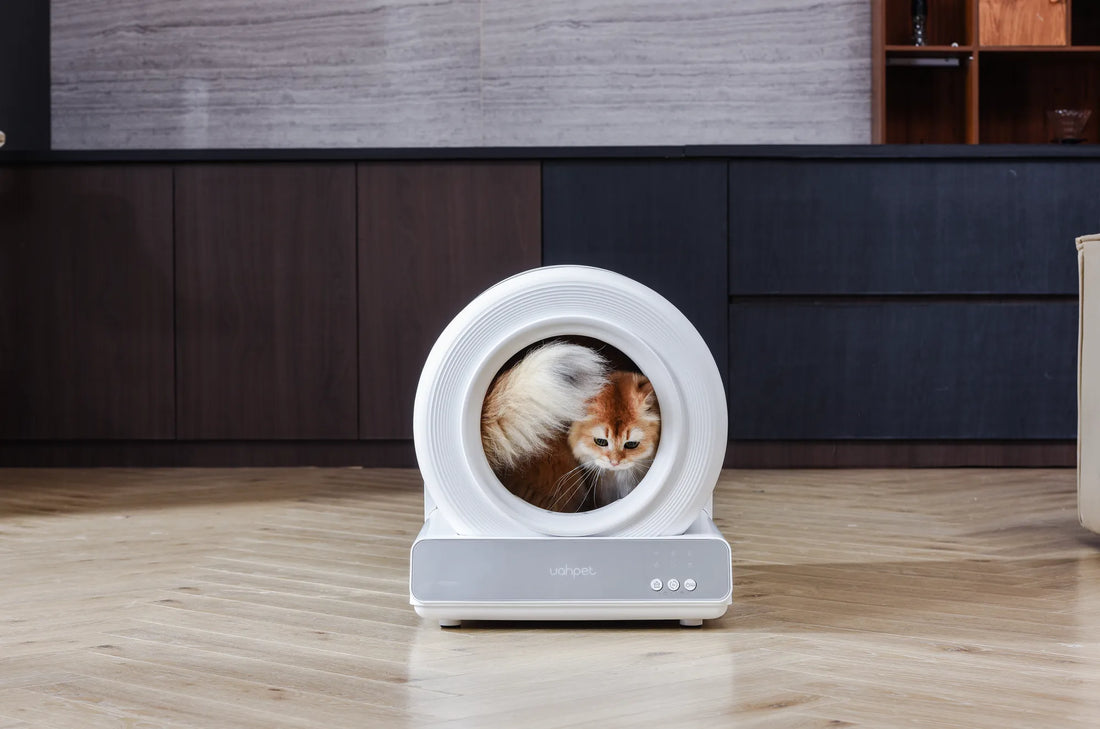Dealing with a cat that refuses to use the litter box can be frustrating and messy. Whether you're a new cat owner or have had feline companions for years, this behavior can leave you scratching your head. The good news is that there are proven strategies to encourage your cat to use the litter box consistently. This guide will walk you through the steps to address the issue and create a stress-free environment for both you and your pet.
Understanding Why Cats Avoid the Litter Box
Before diving into solutions, it's essential to understand why your cat might be avoiding the litter box. Cats are creatures of habit, and any disruption to their routine can lead to behavioral changes. Common reasons include:
- Medical Issues: Urinary tract infections, kidney problems, or other health concerns can make using the litter box painful.
- Litter Box Preferences: Cats can be picky about the type of litter, the size of the box, or its location.
- Stress or Anxiety: Changes in the household, such as a new pet or moving to a new home, can cause stress.
- Cleanliness: A dirty litter box is a major turnoff for cats.
Identifying the root cause is the first step toward resolving the issue.
Step 1: Rule Out Medical Problems
If your cat suddenly stops using the litter box, a visit to the veterinarian should be your first priority. Medical issues like urinary tract infections or blockages can be life-threatening if left untreated. Your vet can perform tests to rule out any underlying health problems and provide appropriate treatment if necessary.
Step 2: Choose the Right Litter Box
Cats have specific preferences when it comes to their litter box. Here are some factors to consider:
- Size: The box should be large enough for your cat to move around comfortably.
- Type: Some cats prefer covered boxes for privacy, while others like open ones.
- Number: If you have multiple cats, provide one litter box per cat plus an extra one.
Experiment with different options to see what works best for your feline friend.
Step 3: Select the Right Litter
The type of litter you use can make a big difference. Cats have individual preferences, so you may need to try a few varieties to find the one your cat likes. Consider the following:
- Texture: Some cats prefer fine-grained litter, while others like coarser textures.
- Scent: Unscented litter is often a better choice, as strong fragrances can deter cats.
- Clumping vs. Non-Clumping: Clumping litter is easier to clean, but some cats prefer non-clumping varieties.
Once you find a litter your cat likes, stick with it to avoid further disruptions.
Step 4: Keep the Litter Box Clean
Cats are naturally clean animals, and a dirty litter box can be a major deterrent. Make it a habit to scoop the box daily and replace the litter entirely at least once a week. Wash the box with mild soap and water to remove any lingering odors. Avoid using harsh chemicals, as they can be off-putting to your cat.
Step 5: Choose the Right Location
The location of the litter box plays a crucial role in whether your cat will use it. Here are some tips:
- Accessibility: Place the box in a quiet, easily accessible area.
- Privacy: Cats prefer a private spot where they won't be disturbed.
- Multiple Locations: If you have a multi-level home, consider placing litter boxes on each floor.
Avoid placing the box near your cat's food and water, as cats instinctively avoid eliminating near their eating area.
Step 6: Address Stress and Anxiety
Stress can lead to litter box avoidance, so it's important to create a calm and secure environment for your cat. Here are some ways to reduce stress:
- Routine: Stick to a consistent daily routine for feeding, playtime, and grooming.
- Safe Spaces: Provide hiding spots and elevated perches where your cat can retreat.
- Pheromone Diffusers: These can help calm anxious cats and reduce unwanted behaviors.
If your cat's stress is related to a new pet or family member, introduce them gradually and provide plenty of positive reinforcement.
Step 7: Reinforce Positive Behavior
When your cat uses the litter box correctly, reward them with praise, treats, or playtime. Positive reinforcement encourages your cat to repeat the behavior. Avoid punishing your cat for accidents, as this can create fear and worsen the problem.
Step 8: Clean Accidents Thoroughly
If your cat has an accident outside the litter box, clean the area thoroughly to remove any lingering odors. Use an enzymatic cleaner specifically designed for pet stains, as regular cleaners may not eliminate the scent completely. This will help prevent your cat from returning to the same spot.
Step 9: Be Patient and Consistent
Changing your cat's behavior takes time and patience. Stick to the strategies outlined above and remain consistent in your approach. If the problem persists, consult with a veterinarian or a feline behaviorist for additional guidance.
By following these steps, you can help your cat develop a positive association with the litter box and eliminate unwanted accidents. Remember, every cat is unique, so it may take some trial and error to find the perfect solution. With patience and persistence, you and your feline friend can enjoy a cleaner, happier home.













